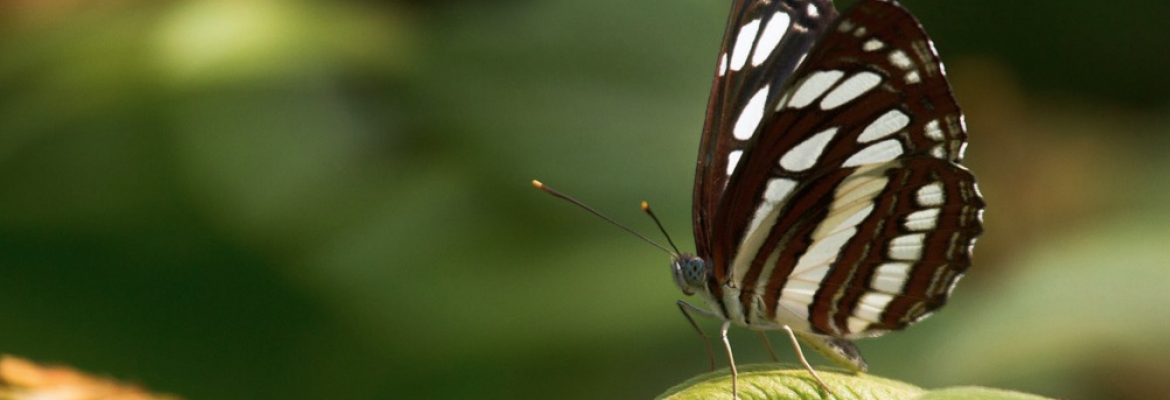Cat Tien National Park, Vietnam
One of the outstanding gems of the region, the 72, 000-hectare Cat Tien National Park comprises an amazingly biodiverse region of lowland tropical rain forest. The hiking, mountain biking and bird-watching are easily the best in Southern Vietnam. Always call ahead for reservations as the park can accommodate only a limited number of visitors.
In the 2nd century AD the Cat Tien area was a religious centre of the Funan empire, and ancient Oc-Eo cultural relics have been discovered in the park. Cat Tien was hit hard by defoliants during the American War, but the large old-growth trees survived and the smaller plants have recovered. Just as importantly, the wildlife has made a comeback and in 2001 Unesco added Cat Tien National Park to its list of biosphere reserves. Since then, infrastructure has improved markedly with decent overnight options. It’s worth spending at least two full days here, if possible.
Fauna in the park include 326 bird species, 100 types of mammal, 79 types of reptile, 41amphibian species, plus an incredible array of insects, including 400-odd species of butterfly. Many of these creatures are listed as rare and endangered, including the Javan rhinoceros. Considered one of the rarest mammals in the world, this unusual rhino exists only in Cat Tien (there are believed to be seven or eight living in the park) and on the island of Java, in Indonesia. Leopards are also believed to live in the park, while another unique creature found here is a type of wild ox called a gaur. Rare birds in the park include the orange-necked partridge, green peafowl and Siamese fireback. There is also a healthy population of monkeys. Leeches are a less desirable member of the local fauna so come prepared, especially during the wet season.
Elephants roam the park, but their presence has caused some controversy. In the early 1990s a herd of 10 hungry elephants fell into a bomb crater, created during the American War, just outside of Cat Tien. Local villagers took pity on the elephants and dug out a ramp to rescue them. Tragically, since then 28 villagers have been killed by rampaging elephants. Theoretically, the problem could have been ‘solved’ by shooting the elephants, but the Vietnamese government wasn’t willing to risk the wrath of international environmental groups. However, none of these organisations has come up with the funds for relocating the elephants, some of which were finally removed to zoos. In the longer term such conflicts are likely to be repeated because of the increasing competition between Vietnam’s wildlife and its growing population for the same living space.
Cat Tien also boasts a wide range of evergreen, semideciduous and bamboo forests; some 1800 species of plants thrive in the park. Cat Tien National Park can be explored on foot, by mountain bike, by 4WD and also by boat along the Dong Nai River. There are many well-established hiking trails in the park, though the catch is you’ll need to hire a guide (per half-/full day 60, 000/120, 000d), as well as transportation to and from the start of the trail (4WDs can also be rented for 120, 000d per hour). Unfortunately, guides don’t speak much English.
Highly recommended is an overnight visit to the Crocodile Swamp (Bau Sau), which is a 9km drive from the park headquarters and you have to trek the last 4km to the swamp; the walk takes about three hours return. It may be possible for smaller groups (four or less) to spend the night at the ranger’s post here. It’s a good place to view the wildlife that comes to drink in the swamp. Another evening activity is the night safari (160, 000d) that the park offers. Wherever you decide to go, be sure to book a guide in advance and take plenty of insect repellent. The park lies 150km northeast of HCMC and 40km south of Buon Ma Thuot and straddles the border of three provinces – Lam Dong, Dong Nai and Binh Phuoc.


